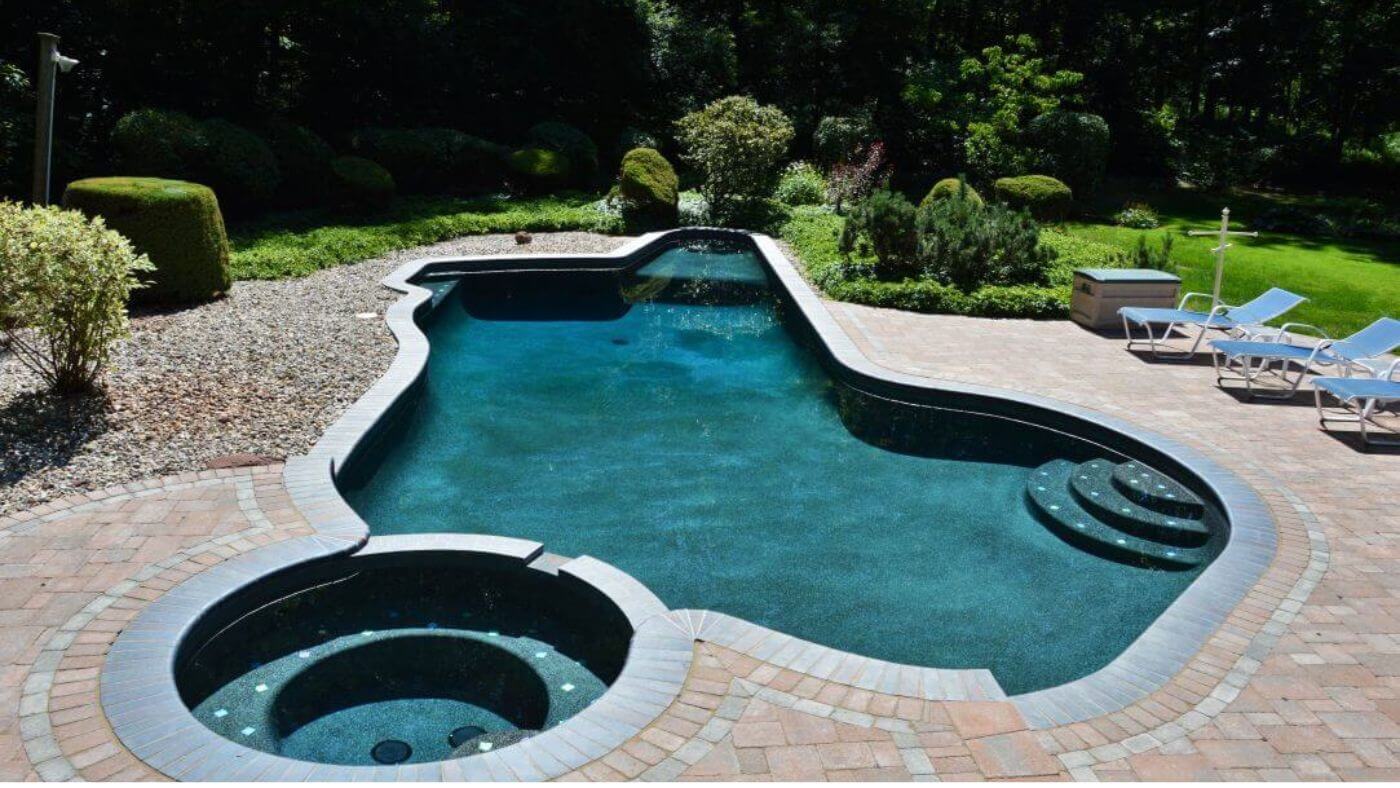|
When it comes to building a concrete swimming pool, two popular construction methods stand out: shotcrete and gunite. Both offer durability and flexibility, but which one requires less maintenance? In this article, we'll explore the difference between shotcrete and gunite, discuss the advantages of shotcrete in pool construction, weigh the pros and cons of gunite pools, compare the maintenance requirements of both types, delve into the pool construction processes, analyze the cost implications, and help you make an informed decision about choosing the right concrete pool method for your needs. Difference Between Shotcrete and GuniteBefore discussing maintenance requirements, let's first understand the difference between shotcrete and gunite. Shotcrete is concrete pneumatically sprayed onto a surface, while gunite is a dry-mix concrete mixed with water at the nozzle during application. ShotcretePros:
Cons:
GunitePros:
Cons:
Comparing Maintenance Requirements: Shotcrete Vs. Gunite PoolsBoth shotcrete and gunite pools need the same level of maintenance. Shotcrete pools, however, offer a modest edge because of their polish, which resists cracking. Regular cleaning, water balancing, and adequate chemical treatment are essential for preserving water quality and increasing the lifespan of any concrete pool. Shotcrete and Gunite Pool Construction ProcessBoth shotcrete and gunite pools are constructed using a similar methodology. Numerous important actions must be taken to establish a strong and long-lasting swimming pool. 1. ExcavationExcavation is the initial stage of building a shotcrete or gunite pool. To do this, a hole must be dug with the appropriate shape and size for the pool. The geography, soil characteristics, and any applicable building laws or permits must be considered during excavation. 2. Steel Reinforcement InstallationThe excavation of the pool area will be followed by installing steel reinforcement. The pool's construction is strengthened and reinforced using steel rebars or mesh. The steel reinforcement is carefully positioned to avoid cracking and support the concrete's weight. 3. Plumbing and Electrical WorkThe plumbing and electrical infrastructure for the pool is installed following the installation of the steel reinforcement. Laying conduits and pipelines are required for lighting, filtration, and water circulation. To ensure effective and dependable performance, the placement of the plumbing and electrical components must be properly planned. 4. Application of Shotcrete or GuniteThe pool can use shotcrete or gunite after the requisite infrastructure. Modern pools frequently use shotcrete in their construction. It is sprayed pneumatically onto the reinforced structure and is a wet-mix concrete. Shotcrete is applied meticulously to create a surface that is level and smooth. Gunite, however, is a dry-mix concrete. It is combined with water at the nozzle during application to create a cementitious substance sprayed over the reinforced structure. Gunite is simple to use on vertical surfaces, allowing for more precise sculpting. 5. Final Touches and FinishesAfter the shotcrete or gunite is applied, the pool goes through a curing procedure to give it its greatest strength. The pool is prepared for the finishing touches once it has hardened. This includes finishing the pool's surface appropriately, such as with plaster, tiling, or a specialist coating, to improve aesthetics and make swimming more enjoyable. Cost Analysis: Shotcrete Vs. Gunite PoolsThe pool's size, the design's intricacy, the site's characteristics, and the area in which you reside are some of the variables that affect cost. Shotcrete pools can offset these expenditures with cheaper long-term maintenance costs, even if gunite pools may have greater upfront costs due to more equipment. Getting bids from reliable pool contractors is crucial for a precise price estimate. Choosing the Right Concrete Pool: Shotcrete or Gunite?Your particular demands and tastes will eventually determine whether to use shotcrete or gunite. Shotcrete might be a better choice for ultimate durability, design flexibility, and a finish that won't crack. Gunite can nevertheless offer a sturdy pool structure if you are on a tight budget and don't mind potential maintenance issues. Speaking with knowledgeable pool experts who can evaluate your needs and direct you toward the finest option is crucial. ConclusionPools made of shotcrete and gunite each have advantages and maintenance requirements. Gunite may be put to vertical surfaces and cures quickly, whereas shotcrete has higher strength and polish that resists cracking. Both types of pools require routine cleaning, water balancing, and chemical treatment to maintain them.
When choosing between shotcrete and gunite, consider your budget, building preferences, and long-term maintenance needs. You may make an informed decision and ensure the construction of a stylish and durable concrete pool that will bring years of enjoyment by consulting with experts and gathering various quotes. If you need a professional services, please call 503-809-5884 Portland Pool Company3-809-5884503-809-5884
1 Comment
2/24/2024 03:11:39 am
Thank you for this comprehensive comparison between shotcrete and gunite for concrete swimming pools. It's helpful to understand the differences in construction methods, maintenance requirements, and cost implications.
Reply
Leave a Reply. |
AuthorPortland Pool Company ArchivesCategories |
OUR LOCATIONPORTLAND & & SURROUNDING AREAS
|
BUSINESS HOURSMon-Sat: 7am-7pm
Sun: 7am-5pm OUR SERVICES |
CALL US |



